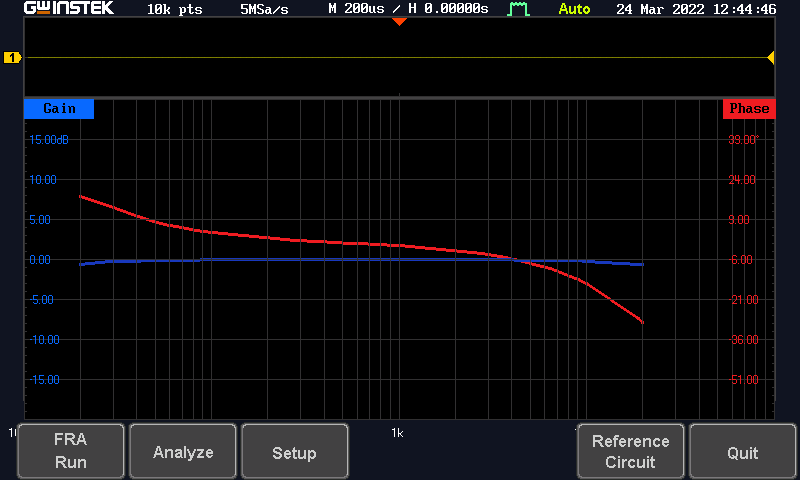I’m not sure what percentage of users of this and other similar communities use EQ or not. At one point I was more interested in hearing whatever sound was inherent to a particular set of headphones or earphones. Later, I came to a conclusion that to a greater or lesser degree they are all flawed.
Like probably a lot of people I looked to oratory or auto-EQ presets, but I never found the results particularly impressive. This could be attributed to various factors, choice of target curve, measurement rig error (as it related to eg Harman’s rig), unit to unit variance, my own personal HRTF or ear canal resonance. Were any of these results “better”? They were certainly different, and you could adjust to this new sound, but in hindsight they were still quite flawed.
Case in point. Creative Aurvana Live! When I listen to this headphone using sine sweeps the peaks and dips I hear do not correspond to ANY measurements I could find online. Applying any EQ based on these measurements just results in something different, but not correct (for me). After I went though the process of running sine sweeps, and manually EQing to produce a more or less flat (perceived response), the headphones were transformed. I originally thought they sounded pretty ok, but now if I switch back and forth, the stock sound appears deeply flawed. This touches on a point that we can adjust to more or less any frequency response (within reason).
I’ve performed some similar adjustments on other headphones. My approach is generally to use the variable band graphic EQ in APO, as it is quick to make quite precise changes. I aim to get a sine sweep to sound constant (amplitude) across the entire audible range. This is fine for frequencies close to one another, but a frequency response could have slow changing tilts which would not be picked up with this method (for example it would be difficult to accurately compare 100hz with 6000hz with this method). So it can be beneficial to add a secondary EQ, applied at the same time to conform to some standard response curve (some headphones might have a whole region recessed or exaggerated). Generally speaking I find Optimum Hifi curve to be a good starting point (for over ear headphones), though I can appreciate others would want more bass. But this alone is unlikely to be sufficient, as it doesn’t account for unit variance, HRTF etc.
An interesting note on this is that I perceive the ER2SE as almost completely flat beyond the sub-bass roll off, but I don’t think that the overall curve is correct or optimal. It’s a relatively good earphone, but it is not ideal. It is also a good earphone to EQ because of its low distortion.
So, I suppose I should get to the point. To me it makes no sense to be continuously purchasing new headphones or earphones, dacs or amps. I was on that treadmill for a while, if you are reading this you might well be on that treadmill also. It’s a complete waste of money. You have the possibility with the equipment you already own to achieve a better result than anything you would likely purchase off the shelf (it is obviously better and easier to start from something needing less correction, and there will be limits with very flawed designs).
“Technicalities” cannot be separated from frequency response, and frequency response is entirely within our control via EQ. We often speak of qualities of the sound as if they were something inherent to the driver or technology, divorced from the frequency response, but I’ve yet to see anything to conclusively demonstrate this, and I’m sure we’ve all witnessed relatively cheap sets outperforming much more expensive ones.
The main problem is that it is not easy to get a good result with EQ, it is very hard and even if you can do it, it will take a long time. I believe the focus of this community or “hobby” should be in improving methods for creating decent, personalised EQ settings NOT on identifying the next slightly better/worse/different transducer or some amp or dac which colours the sound (or for that matter cable worship).
